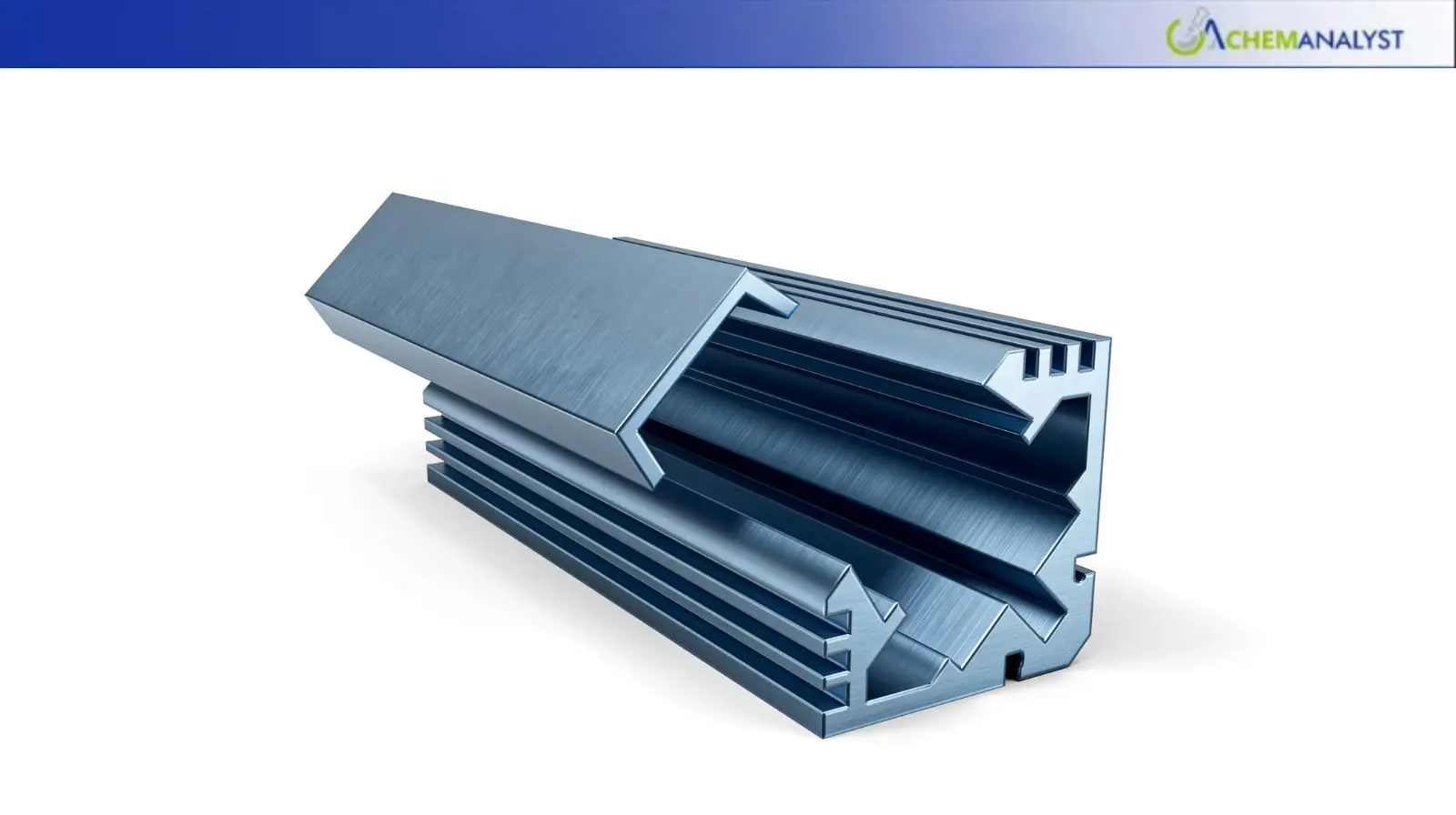Welcome To ChemAnalyst

During the first week of October 2025, Zinc Industrial Grade Ex-Tokyo prices in Japan rose by 0.96%. The previous week had been a 1.88% decline. This revives in prices indicates renewed positive sentiments in the Zinc market, helped by stable domestic production levels and stable USD/JPY exchange rates. In an early end-September drawdown of LME Zinc stocks at Yokohama and Nagoya, a hint of supply tightness was indicated, but large domestic Zinc levels have brought about price stability. Weak demand conditions from the galvanizing and metal treatment areas combined with high inventory levels continue to limit any upward advance. The Zinc prices fluctuated in a neutral price area through the month of September, being in a 12-week trading range. The gains here were 0.63% in the weeks of September 12 and 19, these moves being caused by steady procuring buying, but a dip of 1.88% was recorded by September 26 as surplus stocks and continued slow procurement limited the market movements. The Zinc prices will be range bound from now onward, with a focus on the global balance of supply and demand levels.
In the first week of October 2025, Zinc Industrial Grade Ex-Tokyo, Japan, went up 1% as market sentiment turned positive. This is against a neutral 12-week backdrop as the moving average is flat for the Japanese Zinc market.
Zinc prices moved opposite to the previous week when Zinc Industrial Grade Ex-Tokyo dropped 1.9% for the week ending September 26th. That decline was due to lack of supply side constraints and weak demand. Domestic smelters were operating at normal capacity and raw materials were available. Galvanizers deferred spot purchases and had ample Zinc inventory and downward pressure on bids. Traders unwound long positions and sellers adjusted offers to maintain steady run rates and Zinc prices softened.
Despite the previous week’s decline, the Zinc market showed some resilience in late September. On September 24, spot Zinc prices briefly went up as LME Zinc stocks at Yokohama and Nagoya were drawn down. This temporary supply squeeze lifted Japanese Zinc premiums and suggested port side metal tightness. But recent data shows that domestic Zinc output has mitigated the constraints and prices are stable. No significant currency fluctuations or freight disruptions have also capped Zinc price upside.
Overall Zinc prices have been range bound. For the week ending September 19, Zinc Industrial Grade Ex-Tokyo went up 0.63% and extended the 12 week bullish trend and buying interest and production were steady. For the week ending September 12, Zinc prices went up 0.6% and was positive. But the previous week to October saw a 0.16% decline due to high Zinc inventory and procurement was slow. Japan Zinc market saw a balance of supply and demand. Global zinc production is up 6.3% with Australia, China, Mexico, Peru, South Africa and DRC contributing to the increase. This has reduced raw material cost, allowed full capacity operation and Zinc is piling up in Japan. Importers and distributors have high inventory and fresh buying interest is slow. Suppliers are offering concessions to manage excess Zinc stock. USD/JPY is stable, and logistics is smooth but overseas demand is weak and export is slow and bearish.
Zinc Industrial Grade Pellets demand in Japan was muted in September, especially in the galvanizing and metal treatment sectors. Reduced consumption and declining overseas orders have increased the supply-demand gap and importers are not in a hurry to place new orders. Cautious buying and no fresh inquiry have kept the demand weak and put downward pressure on Zinc prices throughout September.
Going forward, Zinc prices in Japan will be range bound in the short term. Domestic Zinc production is sufficient, so any supply side tightness will be offset. Inventory will guide spot buyers. Market players will watch global supply trend and domestic demand indicators to see Zinc price direction. Surplus availability, domestic buying restraint and limited international interest will continue to shape the Zinc market and players will be watching for changes in sentiment or upcoming demand changes.
We use cookies to deliver the best possible experience on our website. To learn more, visit our Privacy Policy. By continuing to use this site or by closing this box, you consent to our use of cookies. More info.
